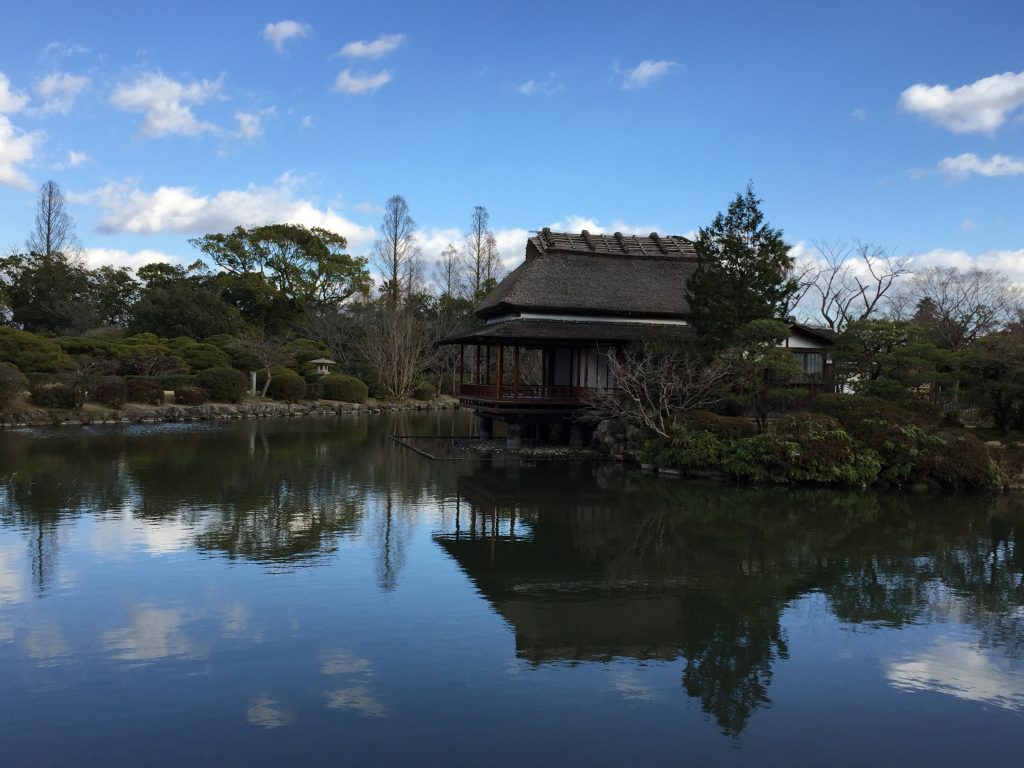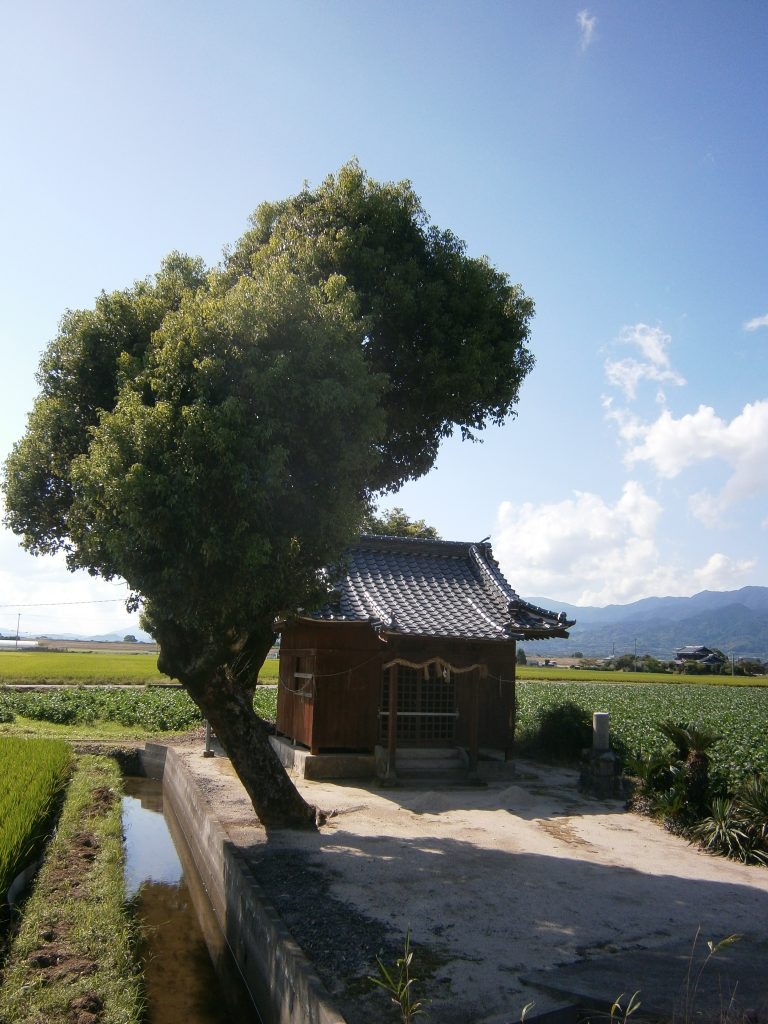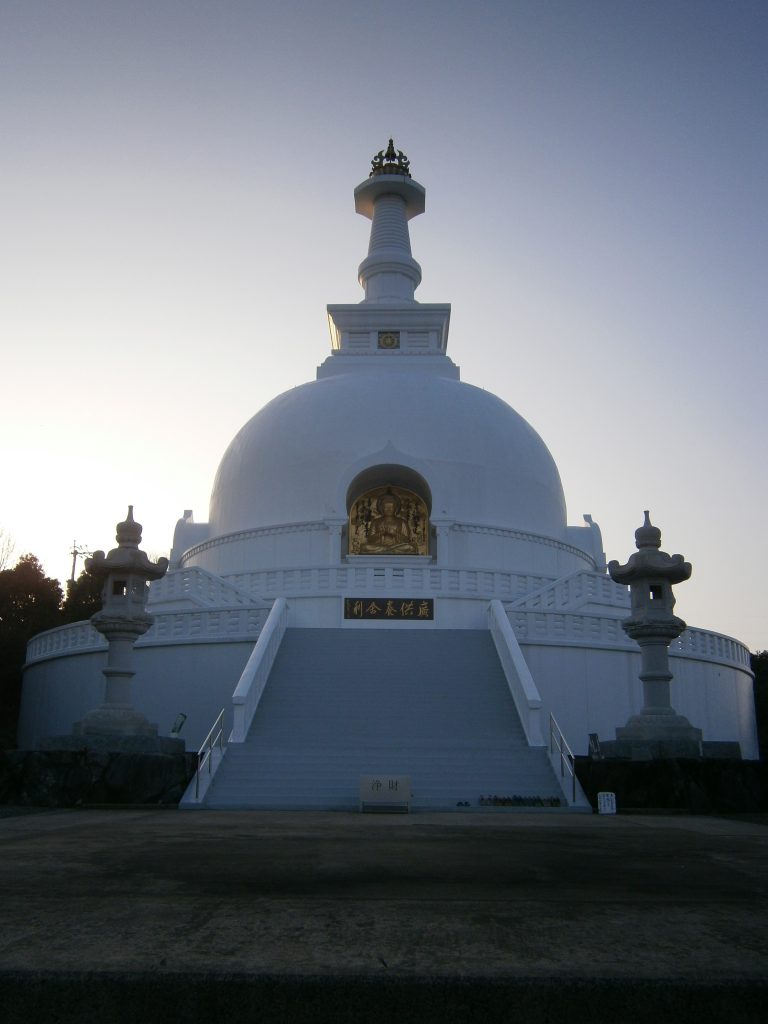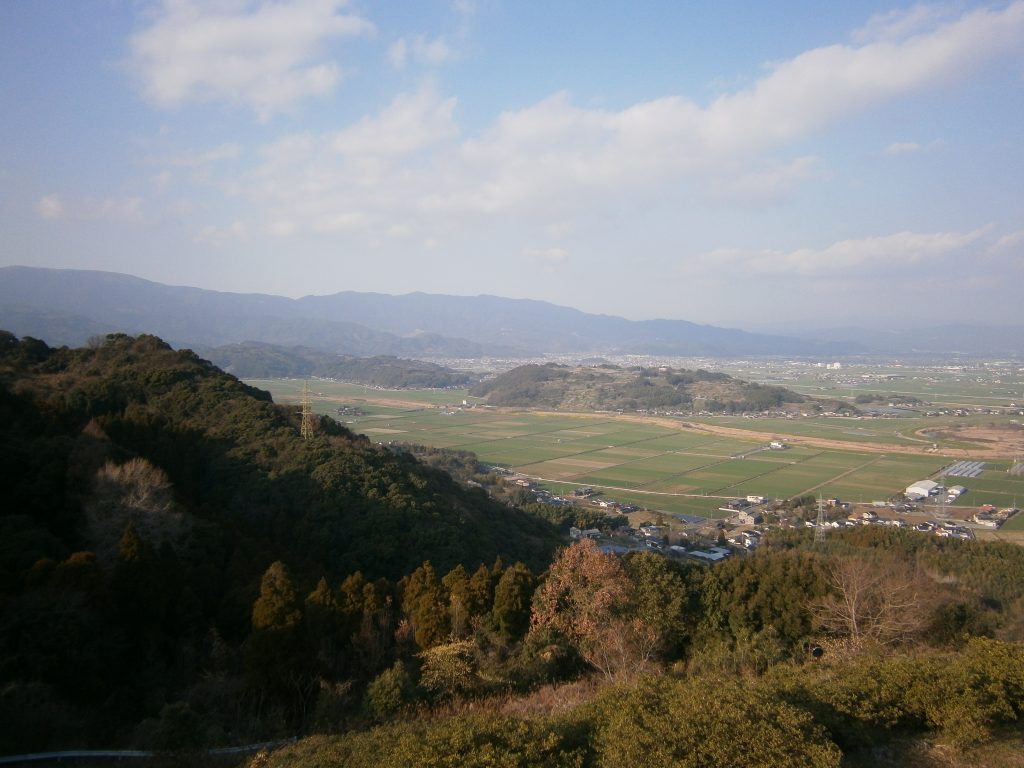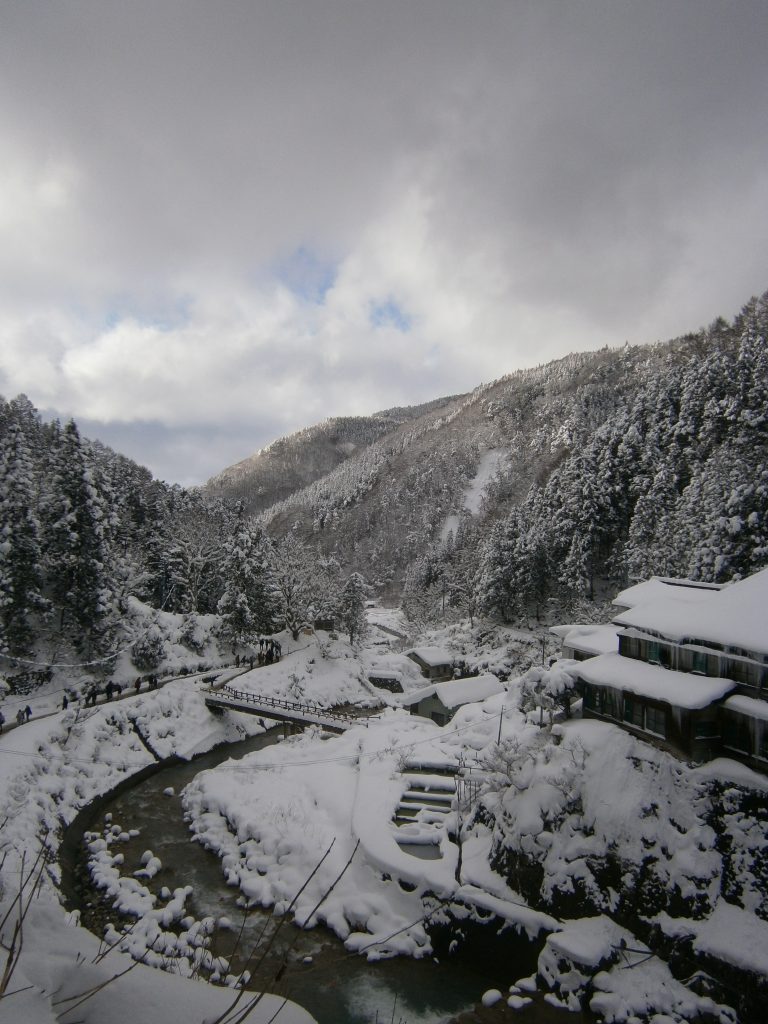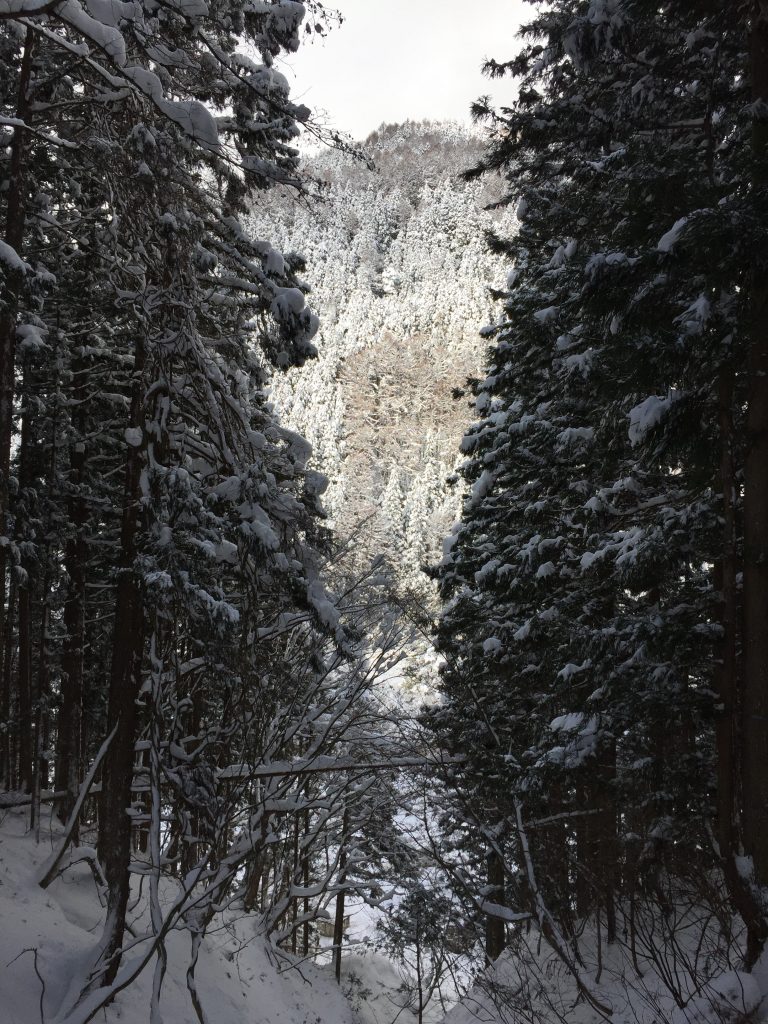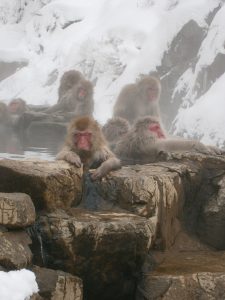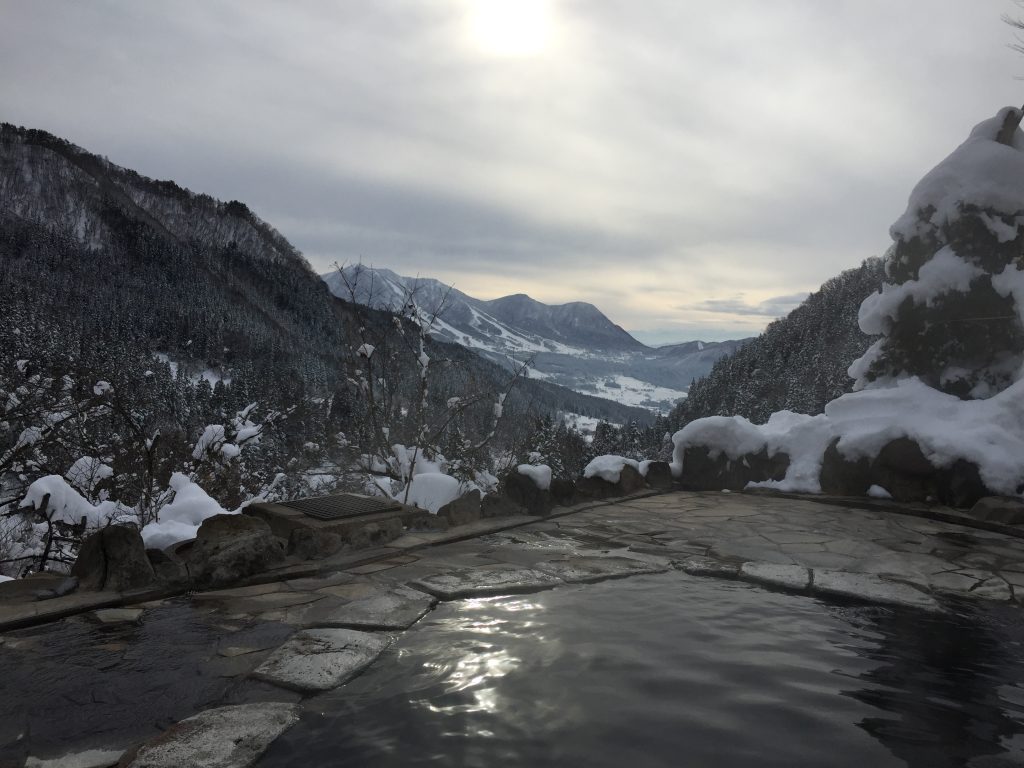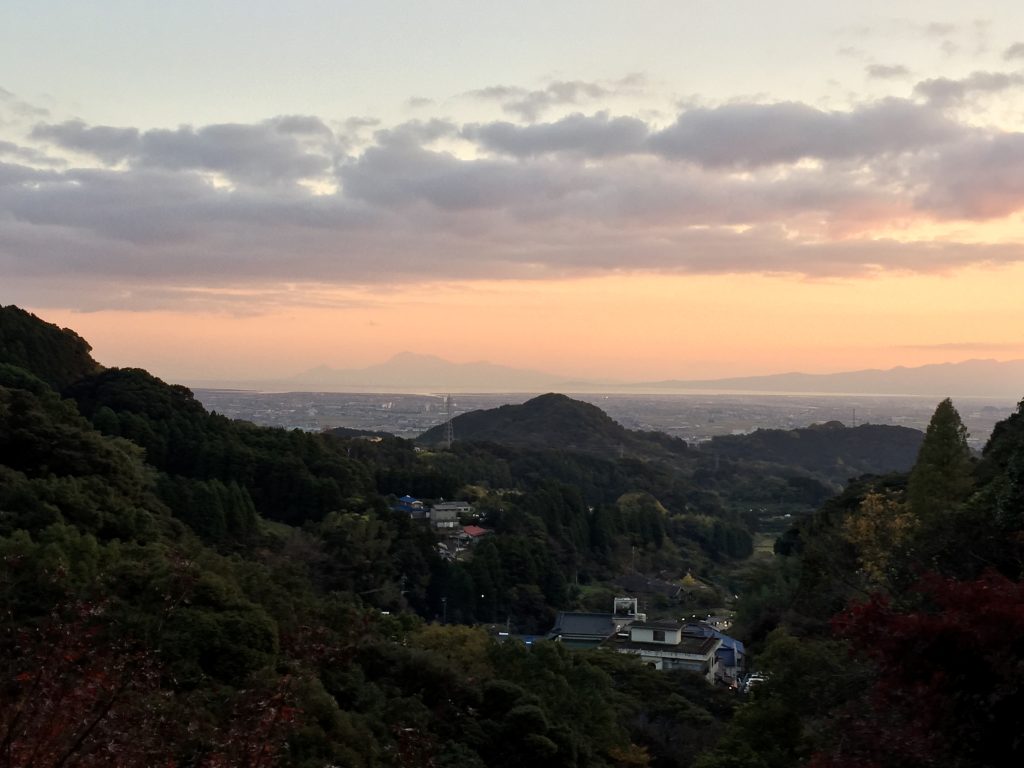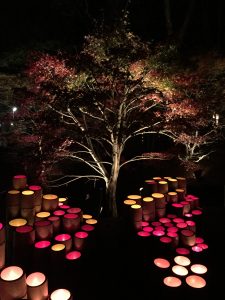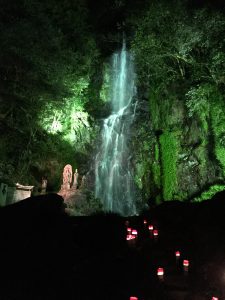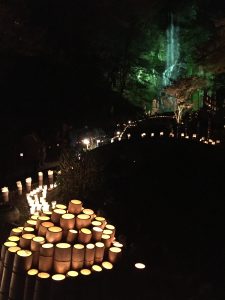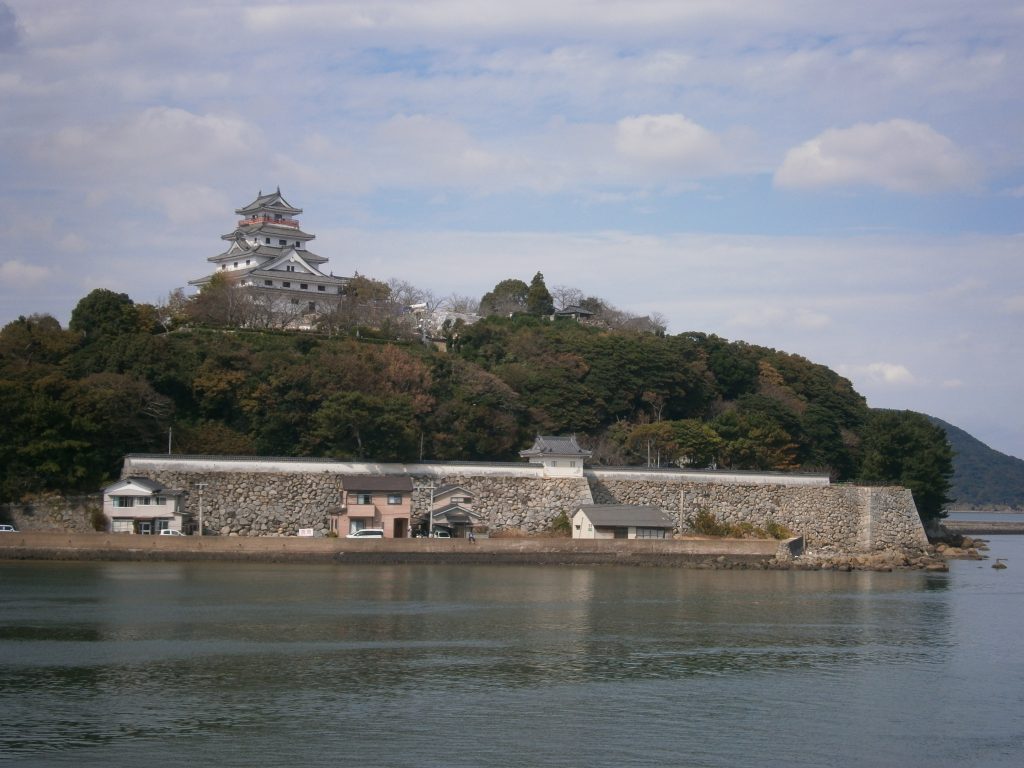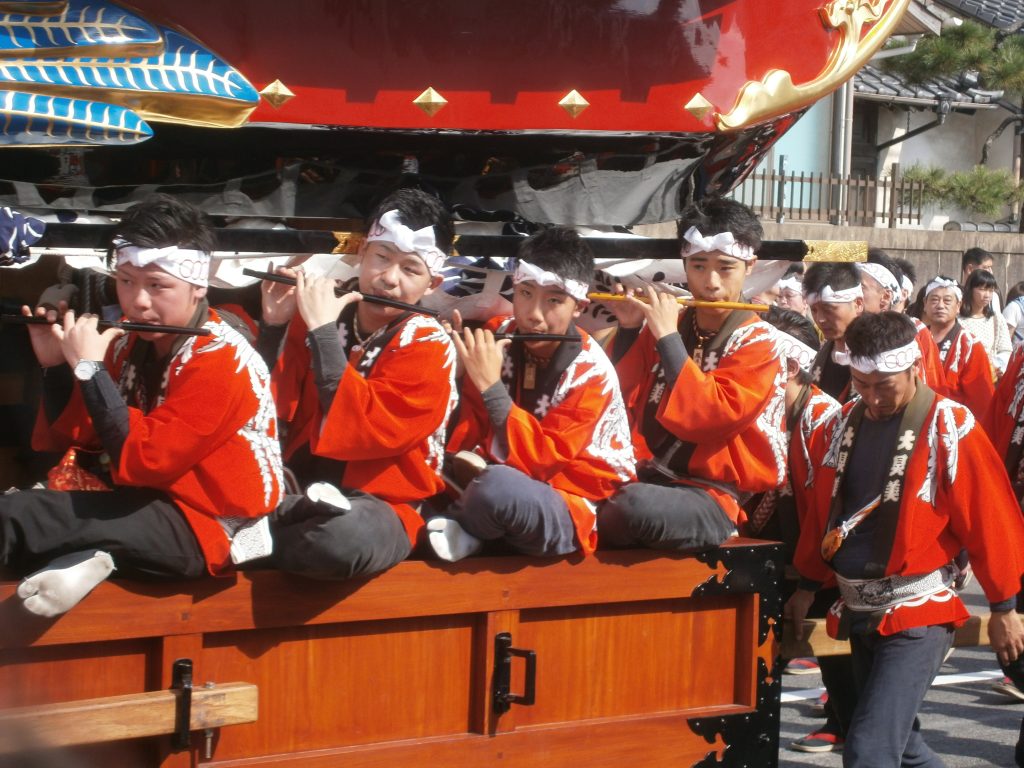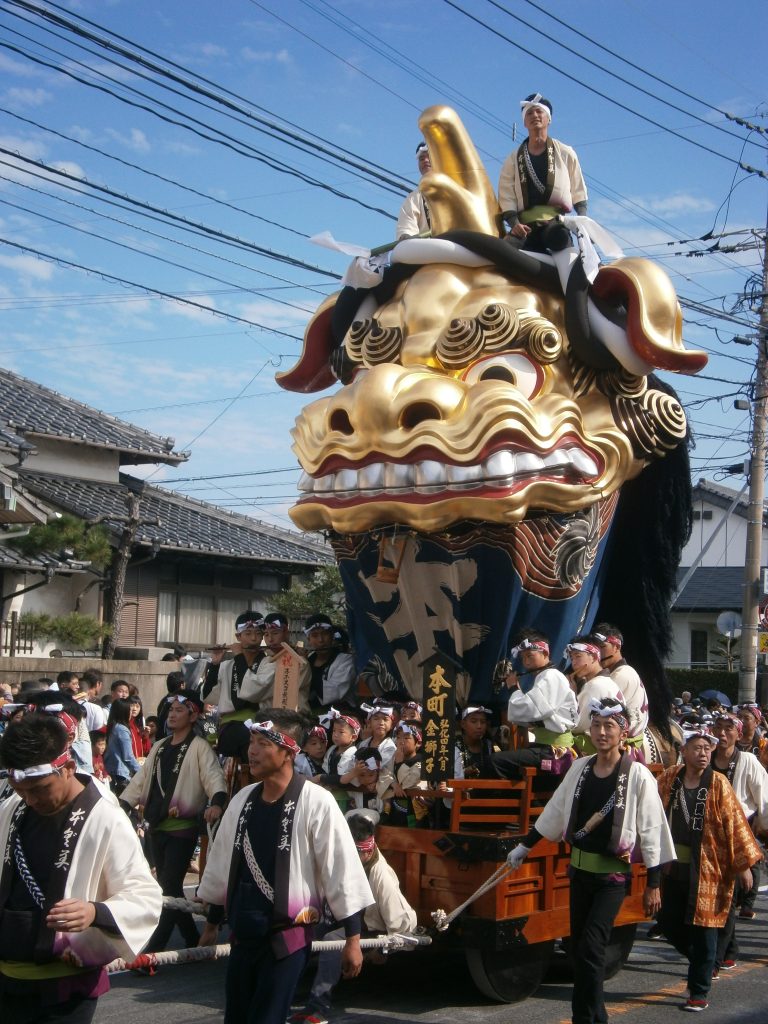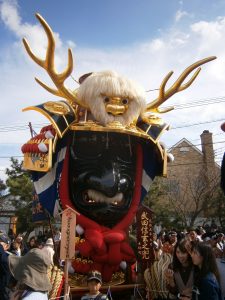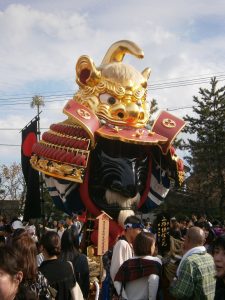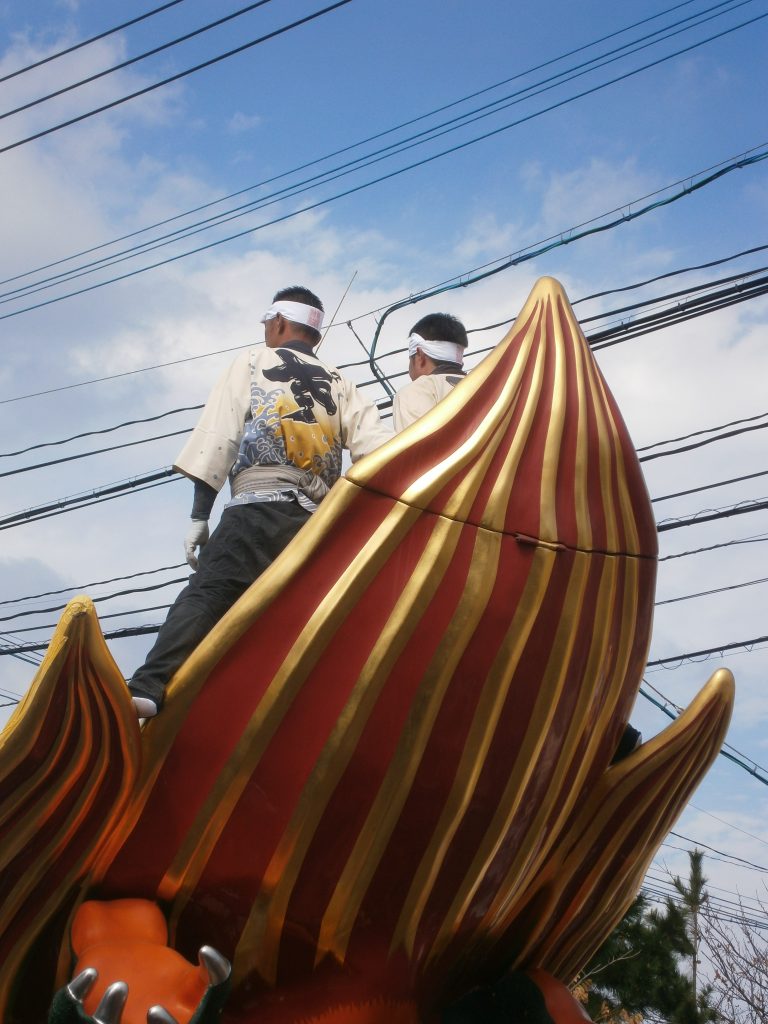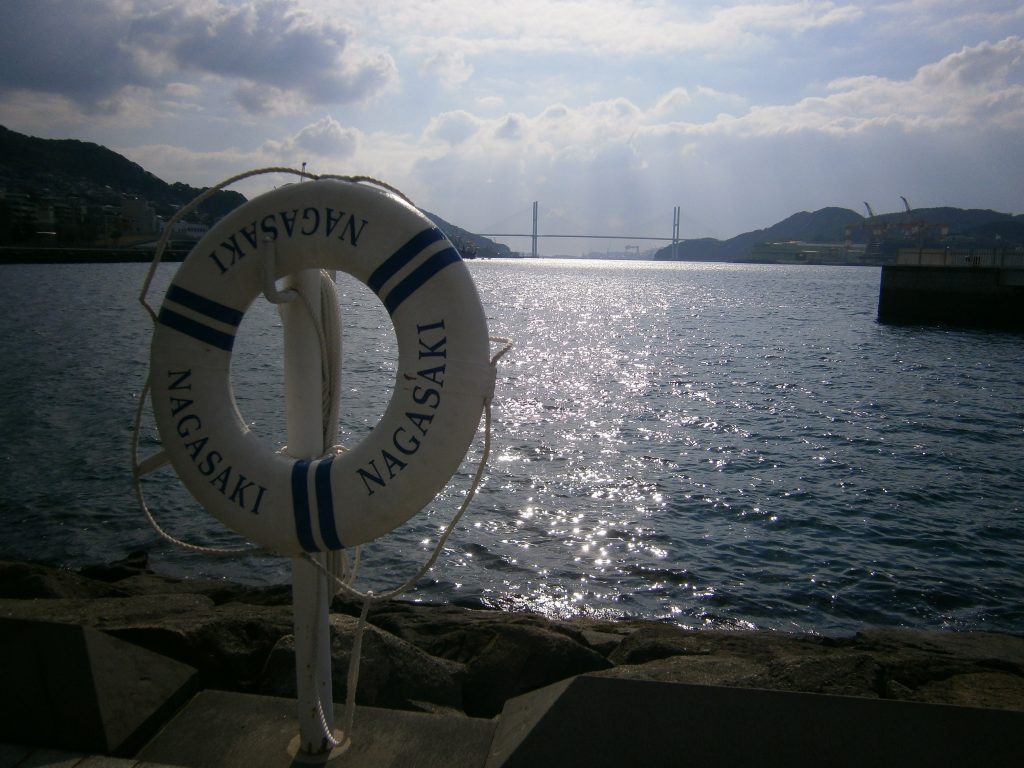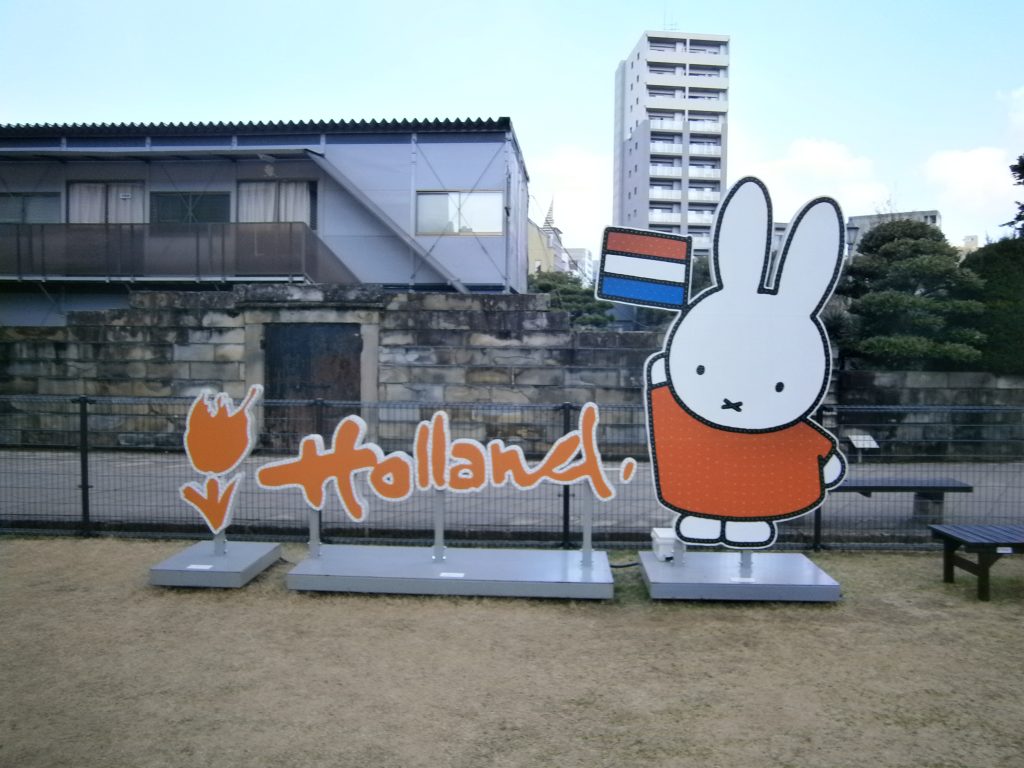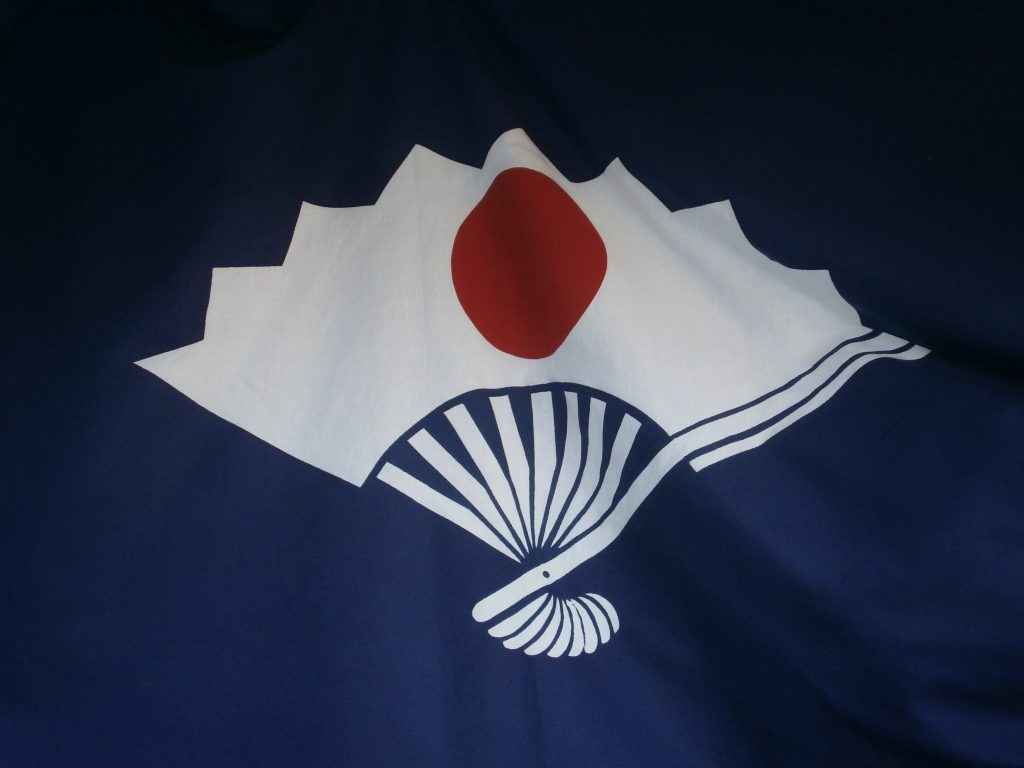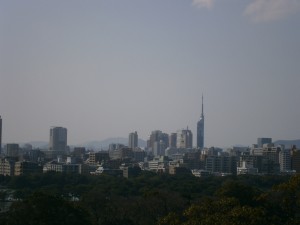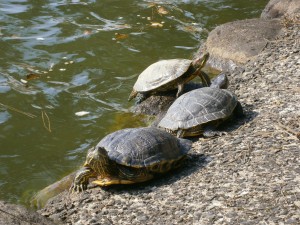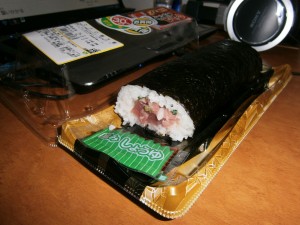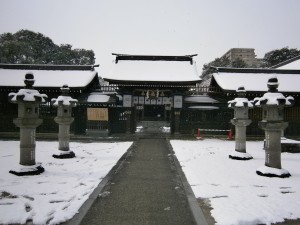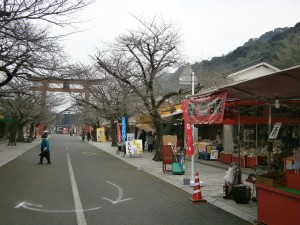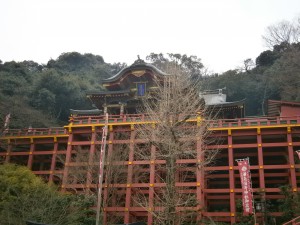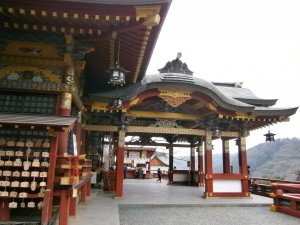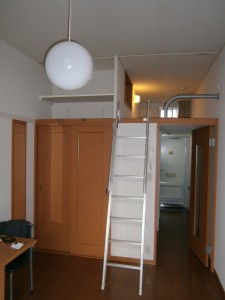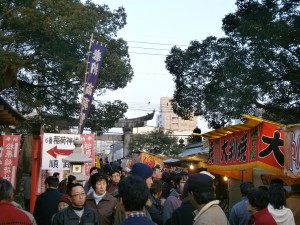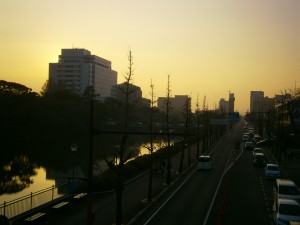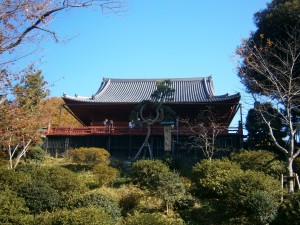When you ask people to imagine living in Japan, you can almost guarantee that a certain set of images will be rapidly and enthusiastically fired back at you. Days are spent weaving through thronging intersections, an ant adrift in a sea of skyscrapers. At night, after topping up your neon tan in an underground restaurant, you squeeze onto a subway train for an hour with hundreds of strangers, all desperately trying not to break wind into the fabric of someone else’s suit. When you emerge, gasping, into the midnight afterglow, it’s only to return to an apartment where there isn’t enough room to swing a tin of cat food, let alone a cat. Well, where I lived in Kyushu, that’s not exactly the case. If there’s one thing that Saga has, it’s space. Lots and lots of space.
The funny thing about space is that, usually, it’s empty. Since Saga has so much space, basic logic dictates that Saga is also a pretty desolate place to be. This is a little unfair. It’s right, but unfair. This isn’t Tokyo, where businessmen can practically taste each other’s breakfast on the morning commute. It’s also not Kyoto, where you’re jostled by so many World Heritage sites that you wonder if coughing in the wrong direction would get you deported. Attractions are few and far between. The far between usually consists of rice fields, residential areas and the occasional mountain. It takes time to get to places, and those places are usually pretty understated when you eventually arrive.
As a mildly enthusiastic and entitled traveller, this was initially a real pain. After a year of living in Kyoto Prefecture, I was used to having Japan’s famous rail and bus network at my beck and call. In Saga, more often than not, I was the one on my knees at the station begging for business. The easy answer to this is to get a car. I don’t drive. Bicycle? I went down the hill at my local park on one as a kid, decided that once was good enough and promptly never used a bike again. This left me only one option. Walk, everywhere, all the time.
In two and a half years, I clocked up hundreds of miles around Saga city, much to the derision of my friends. But as they zipped around in their cars complaining of nothing to see or do, I was experiencing a secret side of Saga. With only a few small destinations dotted around, the focus is really on the journey through the Japanese countryside. Even better, you usually have it to yourself. If you love a quiet amble through the fields on a Sunday, you could do an awful lot worse than Saga. So strap on some walking boots, steal a dog, and let me show you my three favourite afternoon walks in the Saga area. After all, I like to consider myself something of an expert.
Saga Station to Kono Park (????)
Time: 20 mins one way
This is an easy walk through a residential area, made all the more interesting by the prospect of beer at the end. Kono Park can be reached by anyone who has ever heard of exercise, even if they think it’s a swear word. From the north side of the station, turn left and head along the road until you hit a small river. Turn right along the footpath for one block. The park entrance should be opposite.
While the walk itself is fairly standard, it’s worth doing to check out the park, which has a small teahouse on one side of the central pond. It’s mildly famous amongst the locals for a very simple reason. During the cherry blossom season, the place is filled with people drinking and having picnics. It’s one of the better places in Saga to experience these hanami parties and is a beautiful sight. If you have children who are very easily impressed, there’s also a small theme park on the grounds. I can’t tell you if it’s any good, as I’m too tall for the rides. It’s probably not.
Tafuse River (????)
Time: 1 hr 10 mins one way
While beer is a good excuse for anything, people who really want to stretch their legs probably won’t feel like the walk to Kono Park is far enough. Luckily, it’s possible to extend the route beyond the park and out into the far reaches of Saga. The best way to do this is to continue following the river on the east side of the park up and away from the station. This is the Tafuse River, one of many little waterways that carve Saga into slices. It’s a pleasant walk at all times of the year, with the many bridges and temples that dot the path. Like many other places in Japan, it’s also inundated with cherry trees. For me, though, the real treat is at the far end of the river, where the buildings fall away and you can see right to the foothills of the mountains. If you walk far enough, there’s also a little park which plays host to some spectacular sunsets. The bursts of colour over the mountains stacked up in green and grey are really something to behold. Just make sure you bring a snack or drink to enjoy it with.
Ushizu Station to Myohoji (???)
Time: 1 hr one way
OK, this is the big one. It’s my secret. Most locals have never been here, but it is breathtaking. From the train, shortly after leaving Saga, it’s possible to see a white stupa watching over the plains from a cloistered position atop a mountain. It looks remote and inaccessible, a little slice of Tibet in the Japanese countryside. However, it’s actually possible to walk there from Ushizu Station. Come out of the station, turn left and follow that road all the way to the highway. Cross over, pass the love hotel and go straight up towards the mountain. If you can read a little bit of Japanese, follow signs to the park.
It’s a pretty exerting walk towards the end, but it allows you to experience one of the best things about Saga. For the last part of the walk, along the deserted mountain lanes, you are totally alone. In places, it feels like you are the first human ever to set foot there. The stupa has the same feeling. In several visits there, I’ve only ever seen one other person. After spending time jostling for space at famous sites across Japan, having a place of this size all to yourself is a rare treat.
The temple itself has a huge, golden Buddha staring out across the valley, vast and immovable. That’s no surprise, because the view from the temple is amazing. Saga is surrounded by mountains on three sides, with the sea to the south. On a clear day, the entire plain can be seen laid out below, with the occasional sounds of city life drifting up on the wind. With the ambient noise, the lack of tourists and the Buddha’s watchful gaze on your back, it’s easy to lose track of time. In fact, I highly recommend it. Descending the mountain at sunset with shafts of golden light piercing through the valleys is the perfect way to cap off an afternoon.
I’m well aware that the above sounds like a lot of effort for very little reward. After all, it’s just a couple of small temples and a nice view. It’s fair to say that Saga can’t compete with the mind-boggling size and scope of places like Kyoto and Tokyo. However, Saga has something that’s extremely rare in Japan’s famous places. It has an aura of undisturbed, unspoilt calm. Watching the sunset sear across the mountain ranges or resting on one of the Buddha’s cool, white balconies, there’s a feeling of privilege that wells up from somewhere. Being in these places is like hearing a secret whispered on the wind. It’s a veil drawn back, just for you, on a unique experience.
So for your next trip, whether you’ve seen the sights before or you’re looking to lie low after stealing one too many dogs, I’d highly recommend going somewhere off the beaten track and getting out and about on your own two feet. You might find nothing. Or, if you stay open to new possibilities, you might find exactly what you needed. A bike shop. Saga drivers might do their best to knock you off it, but that’s a story for another time.

